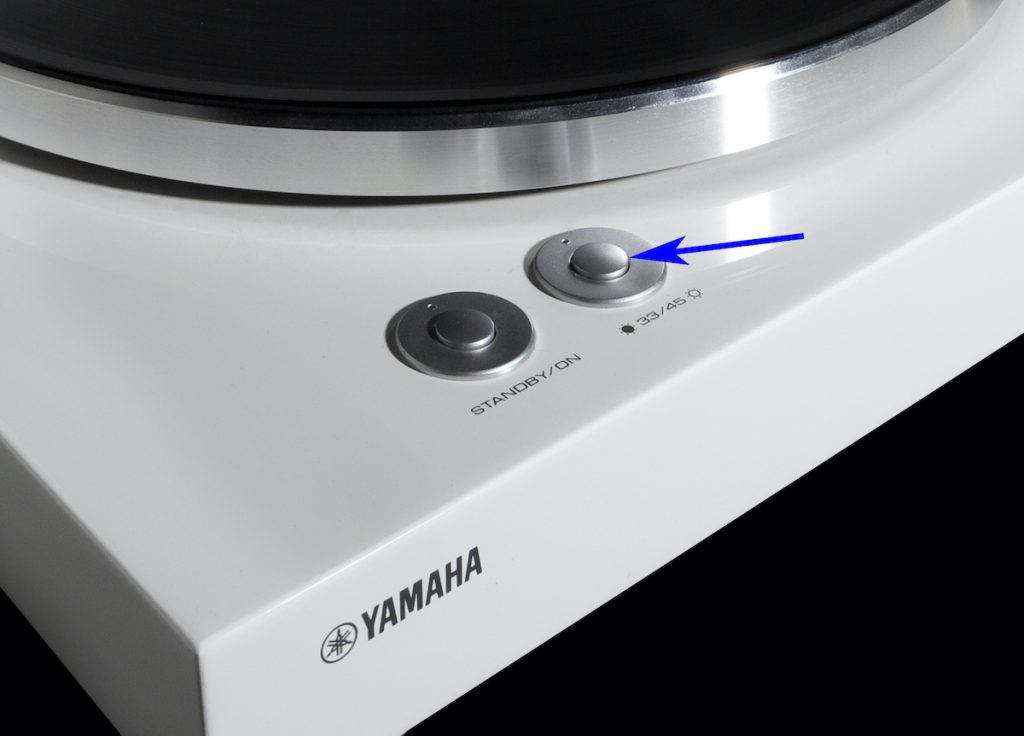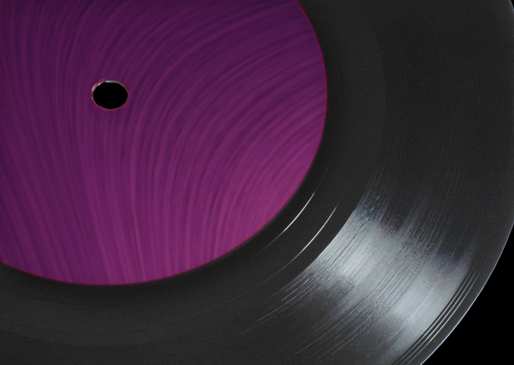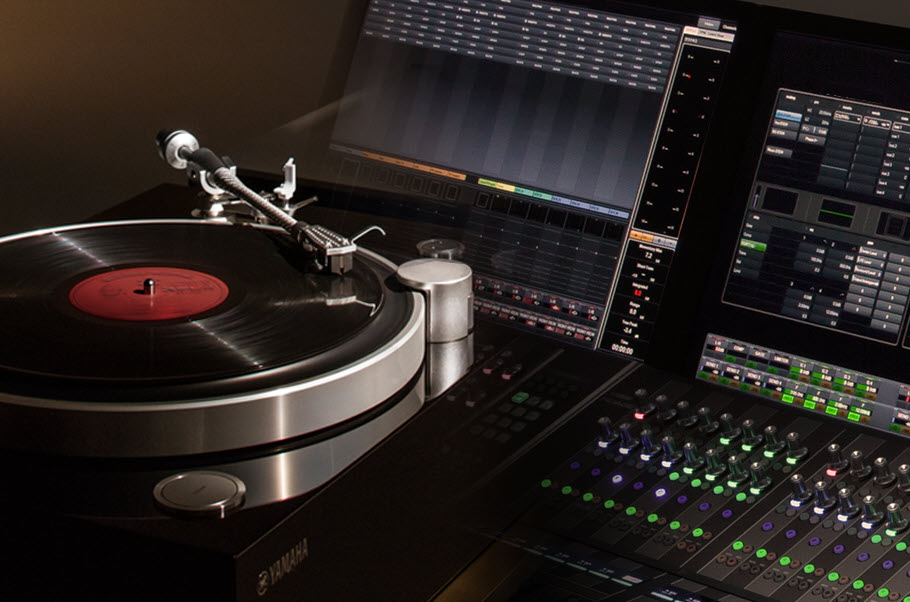Here’s What You Need to Know About Vinyl
Speed, diameter, thickness and cleanliness are the key factors when it comes to sound quality and durability.
These round, flat vinyl disks with spiral grooves have brought music to the ears of listeners around the world for more than a century. Even through the advent of digital technology, vinyl records remain amazingly popular, and have even enjoyed a resurgence in recent years.
But not all vinyl is the same. In this article, we’ll look at the key factors that determine their sound quality and durability.
Speed and Diameter
Vinyl records come in three speeds: 33 1/3 rpm (often just called a “33”), 45 rpm and 78 rpm. The “rpm” is an abbreviation for “revolutions per minute” — an indication of how fast the record is meant to spin on the turntable.
In the early days, rotation speeds of records were not always consistent, generally running from around 70 to 80 rpm, but by the 1920s, 78 rpm became the standard. This had a severe limitation in that records running at such a high speed could only hold a few minutes of music. In the years after World War II, several competing formats appeared, most notably the 33 1/3 rpm LP (Long Play) record which not only had a slower playback speed but narrower grooves, followed soon thereafter by the middle-ground 45 rpm format. Interestingly, early 45s were released in different colors, depending on the type of music they held. The 33 1/3 rpm and 45 rpm speeds continue to be the standards to this very day; 78 rpm records were largely phased out by the mid-1950s.
Vinyl records also come in three standard diameters: 7-inch, 10-inch and 12-inch. The larger the diameter, the longer the groove can be and the greater the possible playing times, dependent upon rotational speed. (The actual playing time is a ratio between speed and the length of the grooves.)
Since 7-inch and 10-inch records hold less information, they are usually used as “singles” (i.e., they contain one song per side) playing at 45 rpm. 12-inch records are generally employed for long-format “albums” (playing at 33 1/3 rpm) that include several tunes per side, but some of today’s singles are pressed onto 12-inch disks since the extra room on the surface allows the grooves to be further apart, which results in a louder record with a greater dynamic range (i.e., the difference between the softest and loudest sections) for better sound quality.
Most turntables can accommodate vinyl of every size, but not all offer different speeds. The Yamaha MusicCast VINYL 500 Wi-Fi Turntable can handle rotation speeds of 33 1/3 and 45 rpm (make sure you select the correct one before spinning your favorite tune!) and, unlike most other turntables, can be wirelessly connected to Yamaha MusicCast speakers:

Weight
Another important factor is the weight of the record. Most of the vinyl pressed in the past 20 years are 12-inch records that weigh between 120 and 140 grams. However, some newer records come in weights of 180, 200 or even 220 grams. While some may refer to these as “audiophile grade” records, it does not necessarily mean they have more sonic benefits.
The increased weight of these disks makes them sturdier and more resistant to warping; it also provides a stronger platform for the stylus to rest on and allows for more playbacks before deterioration. Some people also claim to hear more fidelity when listening to heavier records. However, this type of vinyl often commands higher prices than the standard grades, often fetching upwards of $50 or more per disk, versus the standard record price of around $10 to $30. Note that regardless of weight, the depth of the grooves is exactly the same on all releases.
Cleanliness
Because vinyl is an analog format (which means there’s physical contact required for playback, in this case in the form of a needle traveling down the groove cut into the surface of the record) as opposed to a digital one like CD or streaming audio (where there is no physical contact required for playback), it’s important to keep records clean for optimal longevity and sound. Most collectors recommend using an anti-static cleaning brush for this purpose, as shown below:
Without pressing too hard (so as not to damage the grooves), turn on the turntable and move the brush from the inside grooves to the outside while the record is spinning. Once or twice is enough, then turn the record over to clean the other side. To avoid transferring any oils or dirt from your hands, try not to touch either the surface of the record or the brush. (Records should always be held gingerly by their outside edge, as shown in the photo at the top of this posting.)
You can clean even deeper in the grooves by using a record cleaning solution with a static-free microfiber cloth. Just wet the cloth slightly with a few drops of solution and wipe in the direction of the grooves. For more information about cleaning records, be sure to check out our blog posting How to Clean Vinyl Records.
Also be sure to regularly clean your turntable’s stylus needle, since small amounts of dust may collect as the records play — something that will eventually cause damage. With a light touch, simply swipe a small, soft brush soft brush in one direction from back to front over the tip of the needle a few times to get rid of any dirt or dust particles.
Last but not least, remember to store your vinyl records in both their inner and outer sleeves, out of direct sunlight and in a cool, dry place. Try to store them vertically and don’t stack them on top of each other because they are heavy and can warp. By following these simple tips, you can keep your vinyl protected and enjoy listening to your favorite music in your favorite format for years to come.
Check out these related blog postings:
Five Reasons Vinyl Is Making a Comeback
Jeff Coffin Video Series, Part 1: Shopping for Vinyl
Jeff Coffin Video Series, Part 2: Caring for Vinyl
Appreciating Vinyl Records … and the Best Way to Enjoy Them
Spotlight on Vinyl Subscription Services
How to Connect a Turntable to an AV Receiver
Seven Fun Places to Put Your Wireless Turntable
Get Your Party Started with the MusicCast VINYL 500
Click here for more information about the Yamaha MusicCast VINYL 500 Wi-Fi Turntable.
















